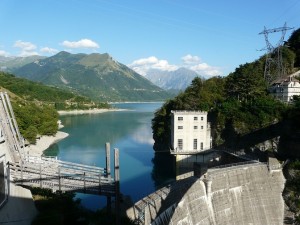 The global trade in virtual water poses a threat to drought-prone countries like India, Added to this the further strain on global resources that the rising demand for water, especially from the food, clothing and manufacturing sectors, and we have a recipe for disaster unless companies make a concerted effort to minimise their water footprint.
The global trade in virtual water poses a threat to drought-prone countries like India, Added to this the further strain on global resources that the rising demand for water, especially from the food, clothing and manufacturing sectors, and we have a recipe for disaster unless companies make a concerted effort to minimise their water footprint.
Virtual water imports occur when a country imports goods that take a lot of water to produce, such as the 30m tonnes of soybeans that China imports from the US annually – it takes around 2,000 cubic meters of water to produce one tonne.
While various companies have been trying to reduce their water footprint, such as C&A Clothing and Tata Motors, who both calculated the water footprint of their products and the company’s local water impact in an attempt to reduce water usage and not contribute to local water stress. The question remains though; is enough being done?
Companies need to seriously consider and look into:
- How they can monitor and reduce water usage;
- How they can engage their suppliers in more sustainable water management;
- What the hurdles to better water practices are and how they can be overcome;
- What policies have helped other companies cut their water usage; and
- What the role of technology in helping reduce water consumption is or can be.
Currently a mere 30% or so of companies actually consider water-risks as a part of major business planning and investment decision-making, and most companies are not evaluating water risks in their agricultural supply chains, where the majority of water use and risks are.
The first thing companies need to do is to conduct a risk assessment of their entire value chain in order to understand their exposure; that insight can then be used to develop an appropriate response.
If you are looking for a great example of a water supply company that is 100% environmentally friendly and has been carbon neutral since 2008, look no further than Living-Water, London’s leading office water supply company. Other companies could take some pointers on how to honestly become sustainably environmentally friendly.





